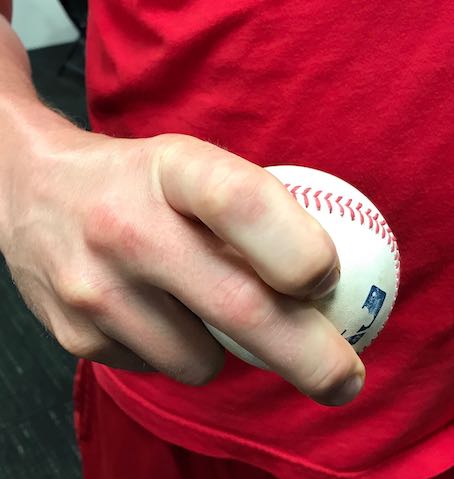Losing Seasons Don’t Have to Be Lost Seasons
For a losing team, the Cincinnati Reds have been busy. It’s not just trading players either, as Cincinnati made one of the biggest deadline moves while many contenders slumbered in near-stasis, picking up Trevor Bauer with an eye towards retooling for the 2020 season. Only three of the eight players in Wednesday’s lineup were also in the lineup on Opening Day: Tucker Barnhart, Eugenio Suárez, and José Iglesias. Chief among the new additions is the recently called-up Aristides Aquino, a big slugger lurking far back from the head of the team prospect lists coming into the season. After a fairly unimpressive minor league career, Aquino has feasted on the major league bouncy ball in 2019, slugging 28 homers in 294 AB in the formerly pitcher-friendly International League and then a shocking 11 homers in just 20 major league games.
Aquino was not some elite prospect finally being called up. The Reds have only received the benefit of getting a look at Aquino because they decided to use their ABs in a now-lost season in a productive way. If the team hadn’t dropped Matt Kemp or traded Yasiel Puig, choosing to go with the known quantity in a mistaken attempt to goose attendance (there’s no evidence this actually works), there wouldn’t have been as many opportunities to assess Aquino or Josh VanMeter or Phil Ervin in the majors. They now have more information on these players — how they’ve played at the big league level — and that information can have a positive effect on the decisions they make on how to win the NL Central or a wild card spot in 2020. Even picking up veteran Freddy Galvis, a 2.0 WAR player, for free has a value to a team like the Reds given his one-year, $5-million option for 2020. Scooter Gennett was always likely to be gone, but Galvis may not be, and now the Reds have another player who they can choose to start in 2020 or trade over the winter.
The Reds have been fortunate in these decisions, but I would have been in favor of this calculus even if Aquino/VanMeter/Ervin had been terrible. My fundamental belief is that among hitters and pitchers, teams have roughly a combined 12,000 plate appearances/batters faced to work with every year, and as many of them should be devoted to trying to win games as possible. Maybe they’re not 2019 wins — maybe they’re wins in 2020 or 2023 or 2026. But even players not working out gives you information; if Aquino came to the majors and hit like Lewis Brinson, it would still give the Reds data they didn’t have before. You don’t acquire that kind of knowledge when you’re a 90-loss team still penciling Billy Hamilton or Chris Davis into the lineup on a daily basis. Read the rest of this entry »


